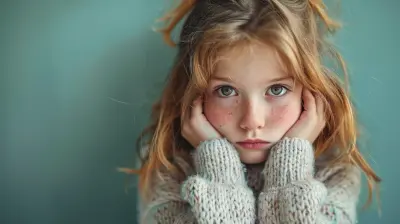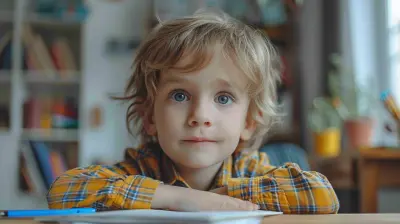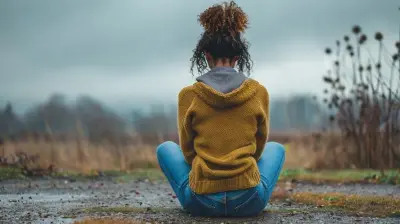The Role of Nature in Teaching Children to Be Thankful
27 August 2025
Have you ever watched a child chase butterflies or build castles out of sticks and mud? There’s something magical that happens when little ones are out in nature. Their eyes light up. Their senses come alive. And, often, they become more grounded, more curious—and more thankful.
In today’s fast-paced, screen-filled world, gratitude can sometimes get lost. But nature? Nature has a gentle way of slowing things down, encouraging reflection, and making even the smallest moments feel meaningful. Let’s talk about how nature—simple, unfiltered, and free—can play a powerful role in teaching children to be truly thankful.
Why Gratitude Matters (Especially for Kids)
Before we dive into nature's role, let’s talk about gratitude itself. Why all the fuss?Gratitude isn’t just about saying "thank you." It’s about feeling it deep down. It's about recognizing the value in things—big or small—that we might otherwise take for granted. Studies show that kids who practice gratitude are often happier, more optimistic, and even sleep better (seriously!). It fosters kindness, empathy, and resilience.
But here’s the thing: you can’t force gratitude. You can encourage it, model it, even gently guide it—but for kids to really feel it, they need experiences that stir something real inside them. And that’s where nature shines.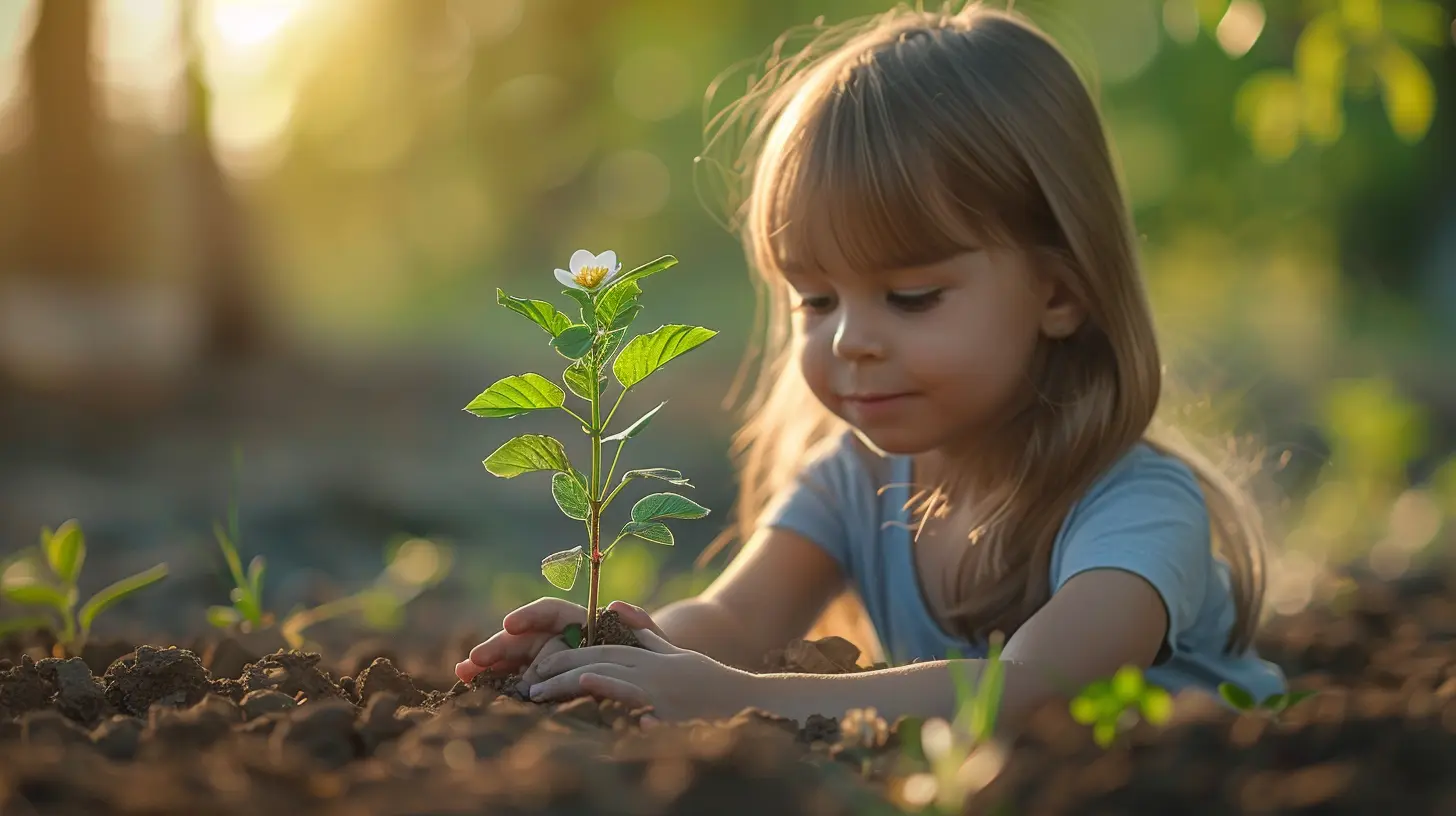
1. Nature Slows Things Down (and That’s a Good Thing)
Ever notice how time feels different outside? Whether you're walking through a forest or just watching clouds drift by, nature doesn't rush. And that slow pace gives kids a chance to notice—really notice—the world around them.It might be the way leaves crunch underfoot or how a bee hovers over a flower. These tiny, often overlooked details are ripe with opportunities to appreciate the beauty and wonder that surrounds us.
And when kids begin to notice these details? They begin to value them. They start to feel thankful for them.
Try This:
Next time you're outside with your child, pause and take a "noticing walk." Point out the sounds, textures, and colors. Ask, “What are you thankful for right now?” You may be surprised by their answers.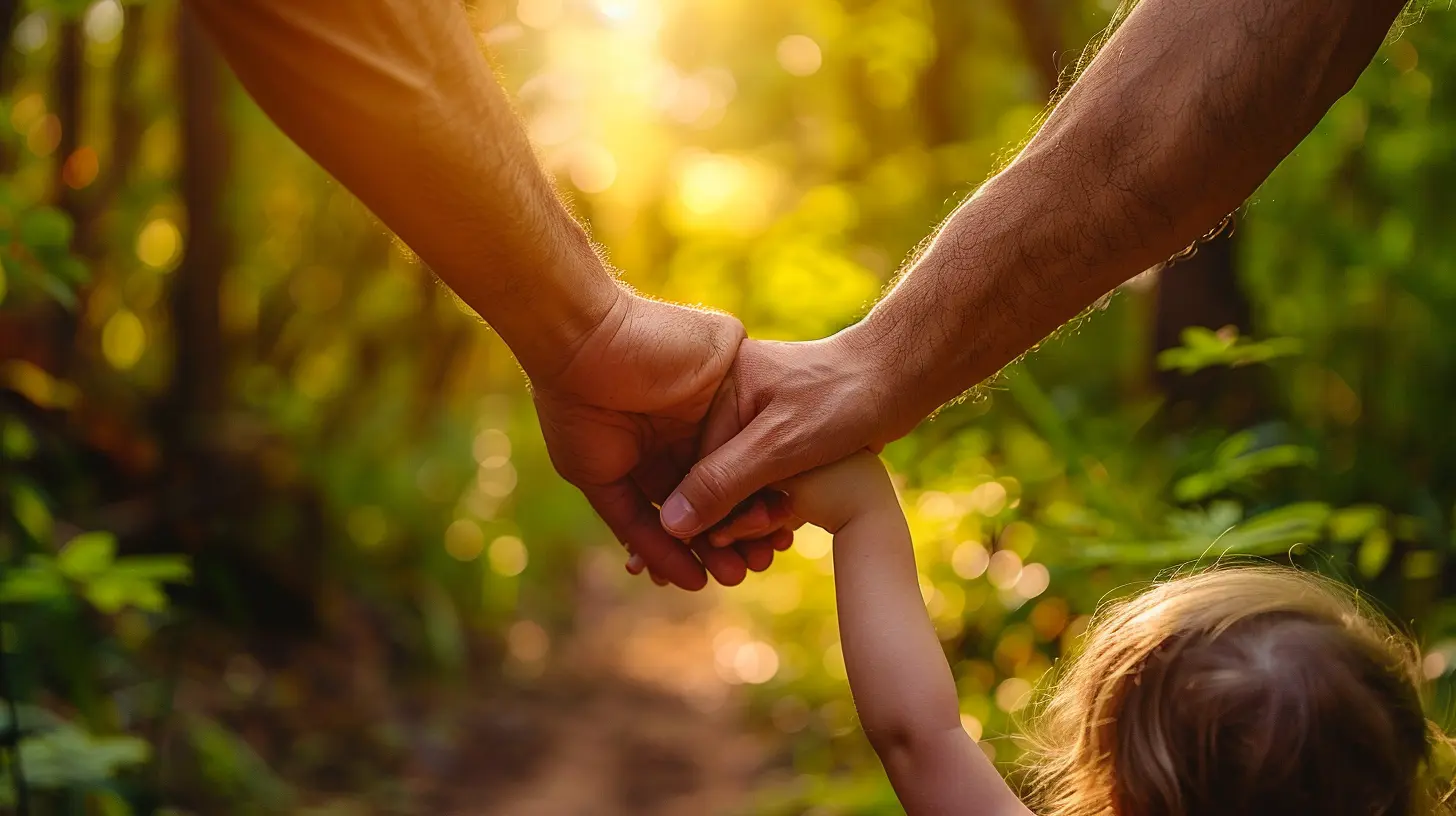
2. Nature Doesn’t Come with a Price Tag
In a world where so much joy is bought—video games, trendy toys, amusement parks—nature offers an incredible contrast. It’s full of fun, adventure, mystery... and it’s 100% free.Children quickly learn that the best moments don’t always come from lavish gifts or flashy screens. Sometimes it’s skipping stones across a lake. Sometimes it’s spotting a deer on a morning hike. When joy isn’t tied to money, gratitude shifts from what we "get" to what is already around us.
This shift is huge. It helps kids feel more content and less focused on “more.” And a kid who feels content is a kid who’s more likely to be thankful.
3. Nature Encourages Mindfulness
Gratitude and mindfulness go hand in hand. And who better than nature to teach us both?Whether it’s feeling the breeze on their face or watching raindrops race down a window, kids become more present when they engage with nature. They tune into their senses and emotions. They slow down—just enough to feel connected to something larger than themselves.
This connection fosters awe. And awe often leads to a deeper sense of appreciation.
Think About It:
It’s hard to look up at a star-filled night sky and not feel a sense of wonder, right? That quiet, wide-eyed moment? That’s the root of thankfulness.4. Nature Teaches Interdependence
One of the coolest things about being in nature is realizing how everything is connected. Bees pollinate flowers. Worms help the soil. Trees clean the air. It’s like an intricate dance where every role matters.When children start to understand this, they begin to respect nature—not just as a playground but as a living system. They realize they’re a part of it, too. This sense of belonging can foster gratitude—not just for nature, but for their place in the world.
It builds empathy. It teaches them that even small actions (like not stepping on bugs or picking up litter) matter. That sense of responsibility flows naturally into appreciation.
5. Nature Sparks Curiosity (Which Leads to Appreciation)
Kids are natural-born explorers. You toss them into a creek or a forest, and suddenly they're part scientist, part artist, part philosopher. Why does this moss grow here? What kind of bird is that? How does the moon change shape?With every question, they get more invested. The more they know, the more they appreciate. Curiosity leads to understanding, which leads to—you guessed it—gratitude.
It’s hard not to be thankful for something you’ve worked to understand. Just like we’re thankful for friends we’ve really gotten to know, kids become thankful for the natural world as they explore its stories.
6. Nature Gives Without Asking for Anything Back
Think about it: the sun shines, the rain falls, the trees grow—all without asking for applause. Nature simply gives. It offers shade, food, beauty, peace.And kids notice that. Even if they can’t put it into words, they feel the generosity of nature. It feels… kind. And kindness, even the quiet, leafy kind, tends to inspire gratitude.
7. Nature Brings Us Together
Gratitude often grows in shared experiences. A family camping trip. A nature scavenger hunt. Watching shooting stars wrapped in blankets.These shared moments create memories that anchor gratitude. They remind kids that time with loved ones—especially unplugged and outside—is something worth cherishing.
There’s something heartwarming about seeing your child’s joy when they roast marshmallows over a fire or build a fort out of fallen branches. These experiences stick. They don’t fade like fleeting toys. They’re rooted in connection—and that builds lasting thankfulness.
How to Use Nature to Nurture Thankfulness in Everyday Life
You don’t need a forest in your backyard or a national park trip every weekend to teach your child gratitude through nature. It’s more about the mindset than the mileage.Here are some simple, daily ways to build your child’s sense of appreciation through nature:
🌱 Plant Something Together
Even a small potted herb or tomato plant will do. Let them care for it. Watch it grow. The process teaches patience, responsibility, and gratitude for the food we eat.🌦 Make a “Weather Diary”
Each day, ask your child to note what the weather is like. Is it sunny? Windy? Rainy? Then ask: “What can we appreciate about that kind of weather?” You’ll be amazed what they come up with.🐜 Go on a Micro Safari
Get up close with bugs, leaves, or rocks. Equip your child with a magnifying glass and call it an "adventure." Gratitude starts with noticing.🧺 Have a Thankfulness Picnic
Pack a simple meal, sit outside, and each share one thing in nature you’re grateful for. Bonus points if it's something you wouldn’t normally think of, like the smell of grass or chirping birds.📷 Start a Nature Appreciation Photo Challenge
Give your child a phone or camera and have them take pictures of things they find beautiful. Review the photos each week and talk about what they’re thankful for.A Final Thought (From One Parent to Another)
Here’s the truth: kids aren’t born thankful. Gratitude grows. And like any seed, it needs the right environment to flourish.Nature provides that space. It offers the silence, the beauty, the unpredictability, and the joy that help thankfulness take root.
So, take the walk. Jump in puddles. Stare at the stars. These simple moments don’t just build memories—they build character. And in the process, they help our kids grow into kinder, more grateful humans.
And really... isn’t that what parenting is all about?
all images in this post were generated using AI tools
Category:
Teaching GratitudeAuthor:

Max Shaffer
Discussion
rate this article
1 comments
Sophia Snow
Nature whispers secrets to our children, teaching them gratitude through the rustling leaves and dancing shadows. In the wild, lessons of appreciation unfold—reminding us that every acorn carries the promise of a mighty oak. What hidden treasures await?
September 8, 2025 at 4:13 AM

Max Shaffer
Thank you for beautifully capturing how nature fosters gratitude in children. The lessons found in the natural world indeed nurture a deep appreciation for life's quiet wonders.
